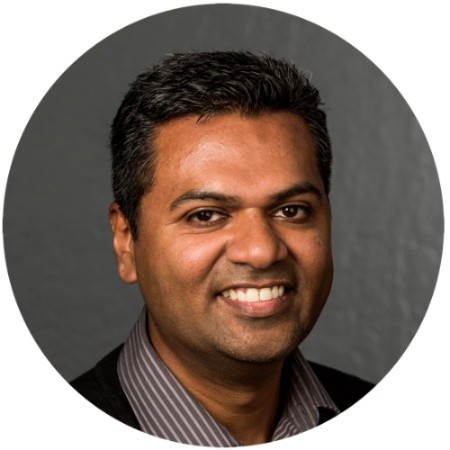Rajesh Raman (Twitter, LinkedIn) is the Chief Architect for SignalFX. What exactly does that mean? Rajesh stopped by the IT Visionaries podcast to dive into what he actually does in his role, and how he focuses on not just the implementation of systems and processes at SignalFX – but also the best strategies and practices that will be needed months down the line. On this episode, Rajesh also recounts his history at Google and Facebook and discusses cloud technology and the future of the industry.
Here are some of the key takeaways from the conversation:
What is a chief architect?
In brief, the chief architect strategically looks at the technology roadmap to determine what the company should be working on six or twelve months down the line. At most other companies, the duties of the chief architect might be folded into the job of the CTO. SignalFX has a CTO as well, but that role is designed to be more external-facing – while Rajesh focuses on the internal functions of the business.
How does SignalFX work?
SignalFX is a “cloud environment visibility platform.” Back in the day, when cloud technology was relatively new, specific businesses had to build up the expertise to deploy applications at scale – to build them and operate them. Now, in the age of public clouds, any large application, system or company with a public strategy needs to do that, too.
“People have been monitoring systems for as long as systems have been built,” Rajesh explains. “What has changed is that cloud environments make monitoring more complicated because they are larger in scale and scope.”
What SignalFX has built is a platform that gives real-time insight into how your platforms are operating.
Why is real-time monitoring such a big deal?
Cloud monitoring is evolving, mainly because the number of systems and services you need to monitor at all times is growing. SignalFX is currently the only real-time monitoring system available. Why is real-time monitoring important? Rajesh explains by using the example of a retailer having a flash sale. If you’re having a flash sale that lasts five minutes, and in that five minutes you make $2 million dollars – something going wrong during those two minutes could cost a lot of money. Real-time monitoring helps to prevent that kind of problem.
For more insights, listen to the full episode here.



